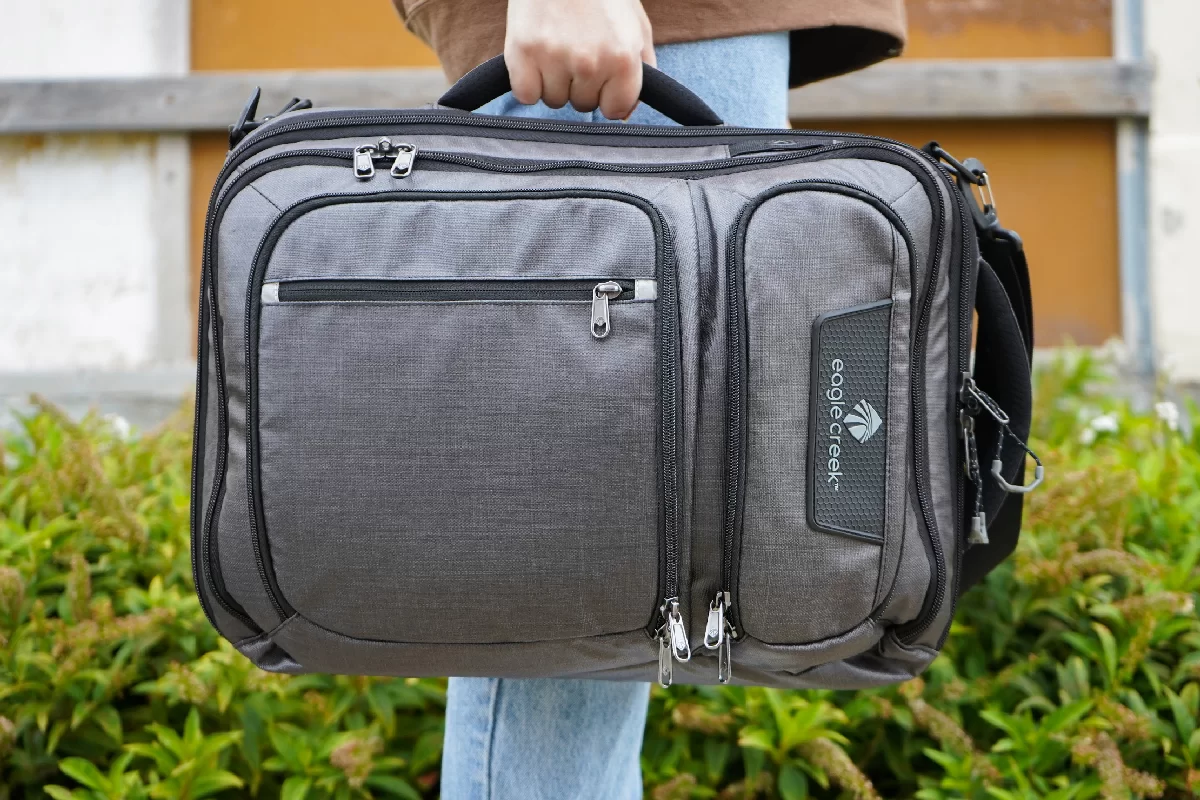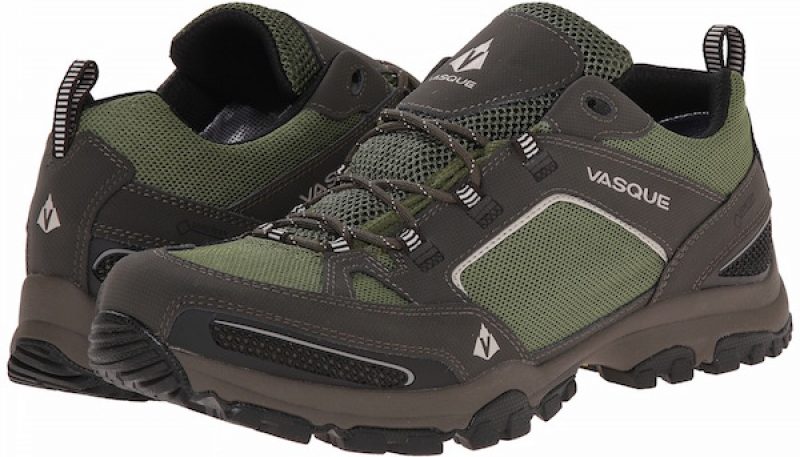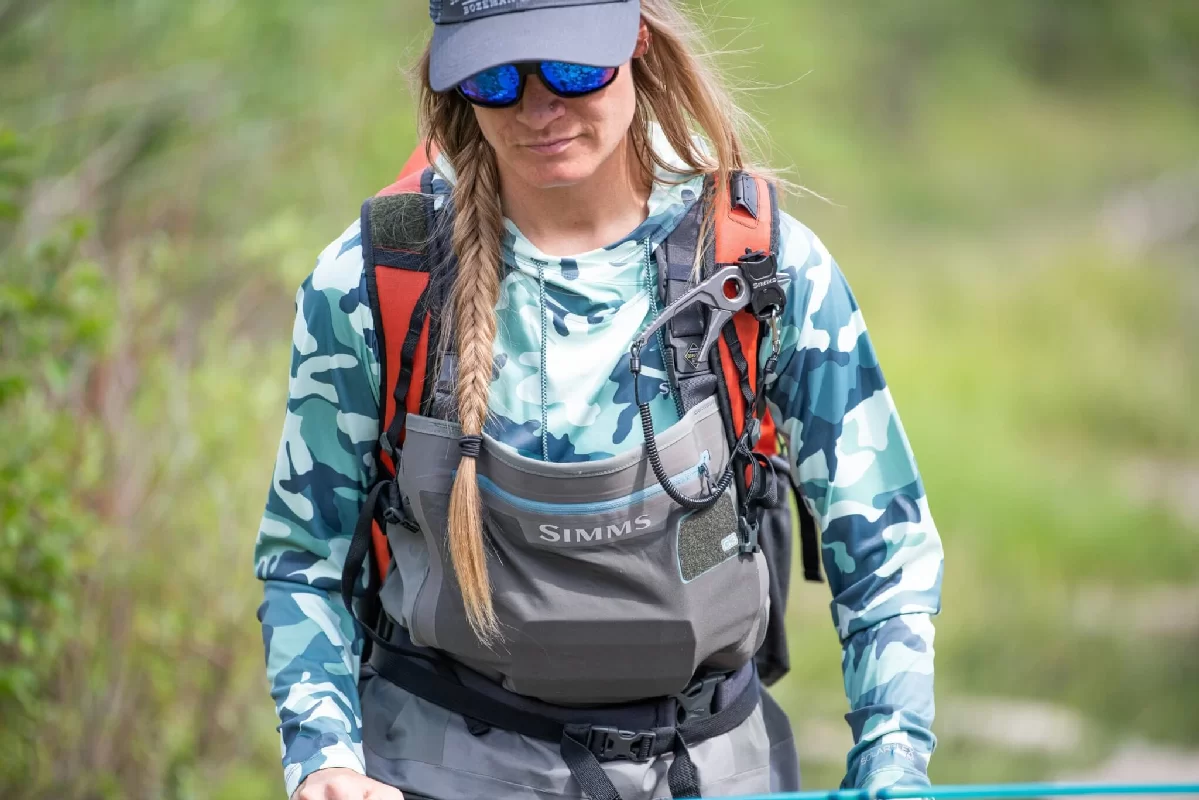As the world becomes increasingly aware of environmental issues, the concept of sustainable camping has gained significant traction. Campers are now looking for ways to enjoy the great outdoors while minimizing their impact on the environment. Sustainable camping not only preserves natural landscapes for future generations but also enhances your outdoor experience. This guide will explore eco-friendly practices, gear recommendations, and tips for making your camping trips more sustainable.
1. Understanding Sustainable Camping
Sustainable camping involves making conscious choices about how you enjoy nature and the resources you use. It means understanding the ecological impact of your activities and striving to minimize that impact. This approach encompasses everything from transportation and gear selection to waste disposal and wildlife interaction.
Benefits of Sustainable Camping
- Preservation of Nature: By minimizing your impact, you help protect delicate ecosystems and wildlife habitats.
- Enhanced Experience: Engaging with nature sustainably can deepen your connection to the environment and increase your appreciation for its beauty.
- Community and Education: Practicing sustainability can inspire others to adopt eco-friendly habits, fostering a community of environmentally conscious campers.
2. Plan Ahead
One of the most effective ways to practice sustainable camping is to plan your trip carefully. Here are some tips:
a. Choose Eco-Friendly Campgrounds
Research campgrounds that prioritize sustainability. Look for places that implement eco-friendly practices, such as waste reduction, water conservation, and habitat protection.
b. Use Public Transportation or Carpool
Whenever possible, use public transportation to reach your camping destination. If you must drive, consider carpooling with friends or family to reduce your carbon footprint.
c. Opt for Off-Peak Times
Camping during off-peak times can reduce overcrowding at campsites and lessen the environmental impact on popular areas. Additionally, you’ll enjoy a more peaceful experience.
3. Eco-Friendly Gear Selection
The gear you choose can significantly impact your environmental footprint. Consider the following when selecting camping equipment:
a. Choose Sustainable Materials
Look for gear made from sustainable, recycled, or renewable materials. Brands that prioritize eco-friendly practices often use materials like organic cotton, recycled plastics, and responsibly sourced wood.
b. Invest in Quality
High-quality gear that lasts longer reduces waste over time. While it may be tempting to buy cheaper items, investing in durable products can save you money and resources in the long run.
c. Lightweight Gear
Opt for lightweight gear that minimizes material use and is easier to transport. This not only reduces your physical burden but also decreases the energy required for transportation.
4. Responsible Waste Management
Waste disposal is one of the most critical aspects of sustainable camping. Here’s how to manage waste responsibly:
a. Pack It In, Pack It Out
Follow the principle of “Pack It In, Pack It Out.” Bring all your trash home with you, including leftover food, wrappers, and personal items. Carry a trash bag specifically for waste and be diligent about picking up after yourself.
b. Use Biodegradable Products
When possible, choose biodegradable soaps, toiletries, and cleaning supplies. These products break down more easily and have less impact on the environment.
c. Dispose of Waste Properly
If you’re camping in an area without waste facilities, look for ways to dispose of waste responsibly. For human waste, use designated restroom facilities if available or follow Leave No Trace guidelines for digging a cat hole at least 200 feet away from water sources.
5. Water Conservation
Water is a precious resource, especially in the backcountry. Here are some tips for conserving water while camping:
a. Use a Water Filter
Instead of carrying large amounts of water, consider using a portable water filter to access natural water sources. This not only reduces the weight of your pack but also minimizes the plastic waste associated with bottled water.
b. Limit Water Use
Be mindful of your water usage while washing dishes, cooking, and bathing. Use minimal water and consider using biodegradable soap to reduce the impact on local ecosystems.
c. Avoid Polluting Water Sources
When washing dishes or bathing, do so away from natural water sources to prevent contamination. Always use biodegradable soap and scatter food scraps away from the water.
6. Leave No Trace Principles
Practicing Leave No Trace principles is essential for sustainable camping. Here are the seven principles to follow:
- Plan Ahead and Prepare: Research your destination and prepare for the conditions. This minimizes the likelihood of unexpected challenges that could lead to environmental harm.
- Travel and Camp on Durable Surfaces: Stick to established trails and campsites to avoid damaging vegetation and soil.
- Dispose of Waste Properly: Pack out what you pack in, and follow local guidelines for waste disposal.
- Leave What You Find: Preserve natural and cultural features by not removing rocks, plants, or historical artifacts.
- Minimize Campfire Impact: Use established fire rings, keep fires small, and burn only dead and downed wood. Consider using a camp stove instead of a campfire.
- Respect Wildlife: Observe animals from a distance, never feed them, and store food securely to avoid attracting wildlife to your campsite.
- Be Considerate of Other Visitors: Keep noise levels down and respect others’ space and experience.
7. Wildlife Awareness
Being aware of wildlife and their habitats is essential for sustainable camping. Here are some tips for interacting with nature responsibly:
a. Observe from a Distance
While it’s tempting to get close to wildlife for a better view, it’s important to observe from a safe distance. This protects both you and the animals, reducing stress on wildlife.
b. Store Food Securely
Always store food in bear-proof containers or hang it from a tree when camping in bear country. This prevents attracting wildlife to your campsite and ensures your food remains safe.
c. Learn Local Wildlife Guidelines
Research the wildlife that inhabits the area where you’ll be camping and familiarize yourself with local guidelines for safe interactions.
8. Eco-Friendly Campfires
If you plan to have a campfire, consider the following sustainable practices:
a. Use Established Fire Rings
Always use established fire rings to minimize the impact on the environment. Building a new fire ring can lead to damage to the surrounding area.
b. Burn Only Dead and Downed Wood
Collect only dead and downed wood for your fire. Avoid cutting live trees or branches, as this can disrupt local ecosystems.
c. Keep Fires Small
A small campfire is easier to manage and minimizes environmental impact. It’s also safer and can be just as cozy for cooking and warmth.
9. Sustainable Activities
Engage in activities that promote sustainability and connection to nature:
a. Nature Walks and Hikes
Explore the natural beauty of your surroundings through hiking and nature walks. Encourage your family to observe and appreciate the flora and fauna.
b. Clean-Up Projects
Consider organizing a clean-up project at your campsite or along trails. This is a great way to give back to the environment and teach children about the importance of keeping nature clean.
c. Nature Journaling
Encourage family members to keep nature journals, documenting their observations and experiences. This can enhance their appreciation for the environment and foster creativity.
10. Educate and Inspire Others
As you practice sustainable camping, share your knowledge and experiences with others. Encourage friends and family to adopt eco-friendly camping practices by:
- Leading by Example: Show others how easy it is to camp sustainably by demonstrating eco-friendly practices during your trips.
- Sharing Information: Use social media or community forums to share tips, resources, and experiences related to sustainable camping.
- Participating in Workshops: Attend or lead workshops on sustainable camping practices in your community to inspire others to take action.
Conclusion
Sustainable camping is not just a trend; it’s an essential practice for preserving the beauty of our natural world. By making conscious choices about your camping gear, waste management, water use, and interactions with wildlife, you can enjoy the great outdoors while minimizing your impact on the environment. With these practices, you’ll not only enhance your own camping experience but also contribute to the preservation of nature for future generations. So pack your gear, plan your trip, and embark on a sustainable camping adventure that respects and protects our beautiful planet! Happy camping!











